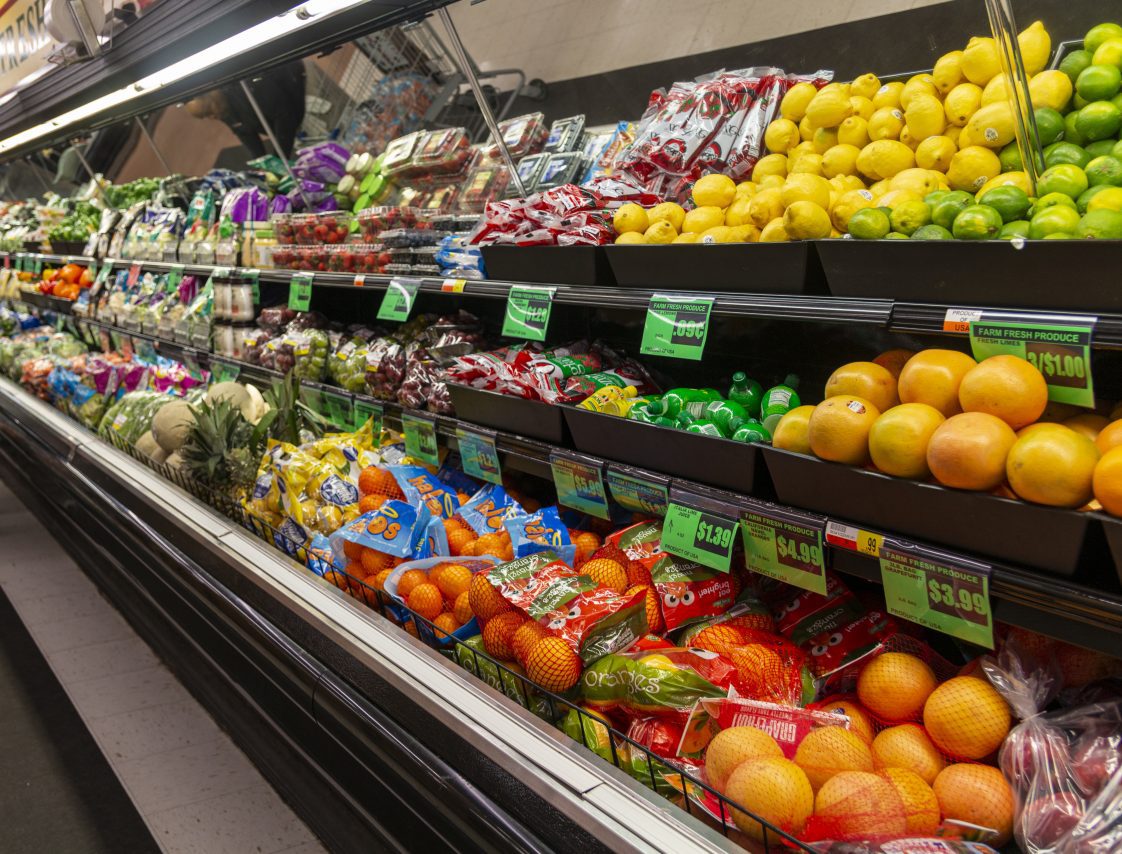Farm Management

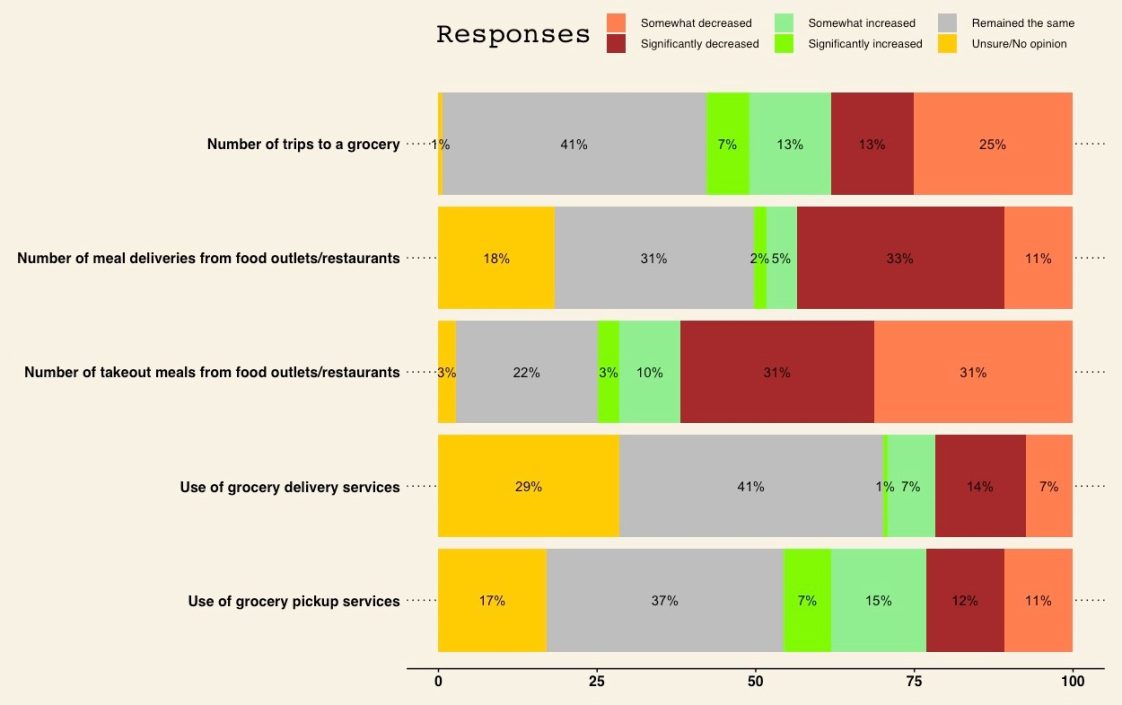
Figure 1: How did 2022 inflation affect shopping and meal service preferences?
The Federal Reserve has taken a decisive stance against inflation, gradually elevating interest rates to nearly 5.5 percent—the highest level in the past two decades. The effects of this monetary tightening on prices are beginning to manifest. In the Southern regions of the United States, the Consumer Price Index (CPI) increased by 3.4 percent on a year-over-year basis through July, slightly surpassing the national average of 3.2 percent. While the Federal Reserve believes that inflation remains stubborn and above the target rate, the current pace of inflation is a marked improvement from the 9.1 percent rate seen in June 2022. However, even with this broader deceleration in inflation, food prices are still rising faster than the general CPI index.
To gain insights into the impact of last year’s high inflation on Alabama consumers and their expectations for future inflation, professionals from Auburn University’s Experimental Economics Laboratory conducted a survey in early August. This survey involved 147 Auburn and Opelika residents.
What did the survey find?
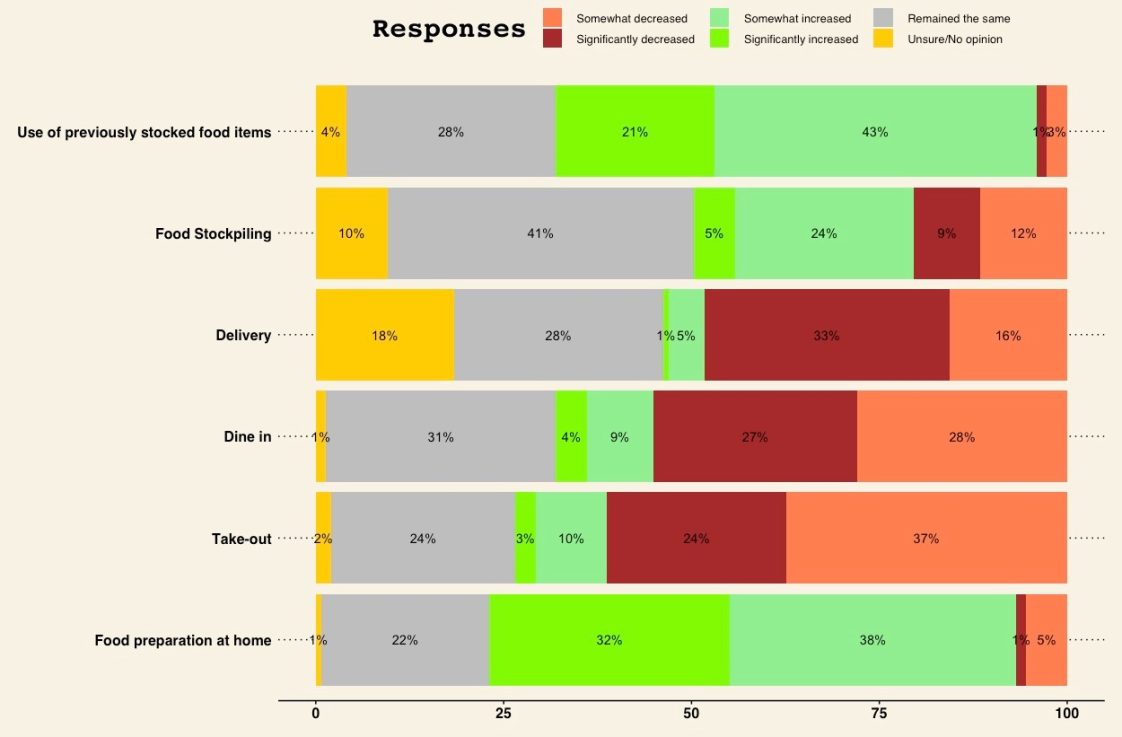
Figure 2: How did inflation impact food consumption behavior in 2022?
The results showed that the inflationary spike in 2022 led to fewer takeout and delivered meals from food outlets and restaurants (figure 1). Sixty-two percent of respondents indicated that their number of takeout meals consumed somewhat or significantly decreased as a result of inflation, while 44 percent indicated that they somewhat or significantly decreased the number of meals they had delivered. Elevated price levels also led to a decline in dining out at restaurants.
However, inflation had a minimal impact on the frequency of grocery delivery/pickup services and the number of visits to grocery stores (figure 2). As expected, elevated price levels led to a significant increase in food stockpiling, with 64 percent of respondents stating that they somewhat or significantly increased their use of previously stocked food items. Additionally, 72 percent somewhat or significantly increased their at-home food preparation.
Participants also reported observed price changes across twenty-two food categories (figure 3). Approximately 67 percent of respondents indicated a significant increase in egg prices due to inflation. Beef, dairy, fresh fruits, chicken, and fresh vegetables were other categories where high price hikes were observed. This consumer feedback aligns with the food CPI data assembled by the US Department of Agriculture Economic Research Service (USDA-ERS). The latest USDA data show a 4.7 percent year-over-year increase in grocery store food prices between June of 2022 and June of 2023, while the restaurant prices increased by 7.7 percent.
Consumer expectations about future prices play a significant role in market dynamics, especially in the trajectory of food prices. The survey revealed a general pessimism about future inflation: more than 60 percent of respondents expect a price increase over the next 18 months, while less than a quarter anticipate price declines.
Moving Forward
The Auburn University Experimental Economics Laboratory will continue to produce research-driven Extension content, which includes its analysis of consumers’ willingness to pay for Sweet Grown Alabama products.
Looking ahead, researchers plan to expand the survey’s geographical coverage in the coming months, aiming to provide a more comprehensive view of food consumption behaviors across Alabama. These surveys will provide real-world data on how consumers react to changing conditions. This data will be used for Extension programming by providing timely Alabama consumer data.
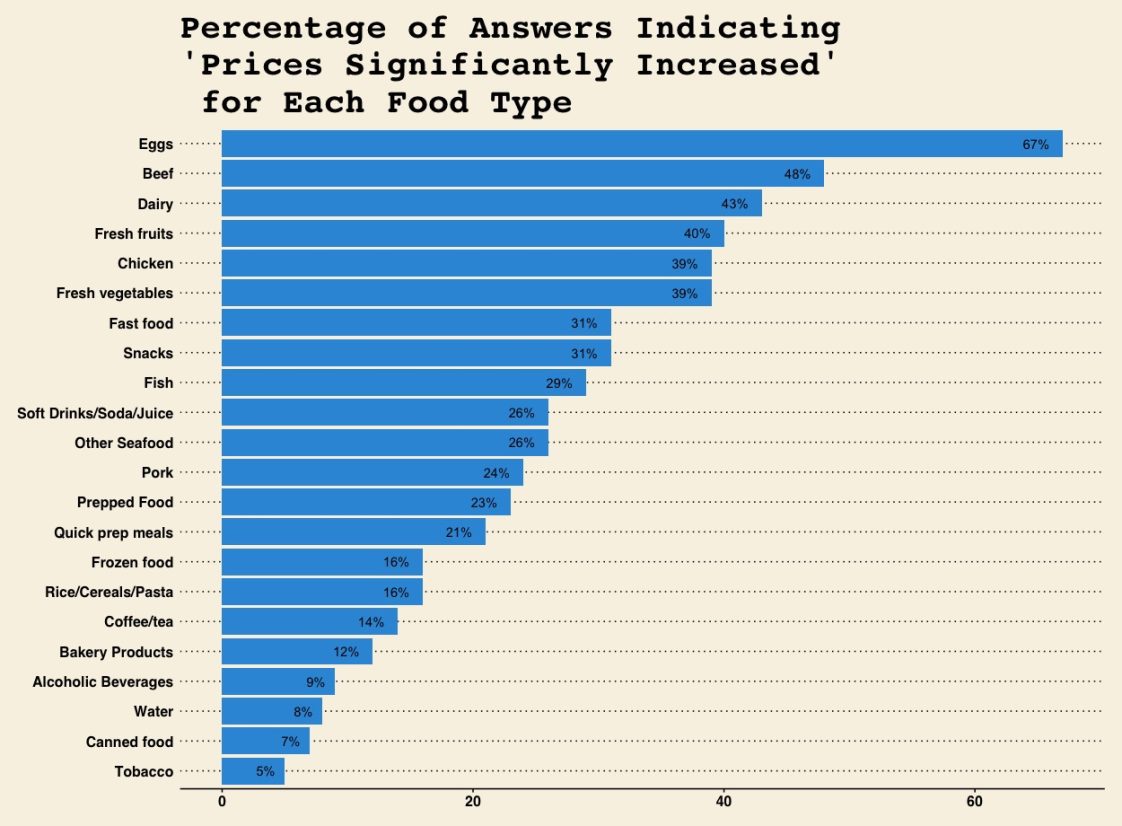
Figure 3: Which food items saw the largest increases?
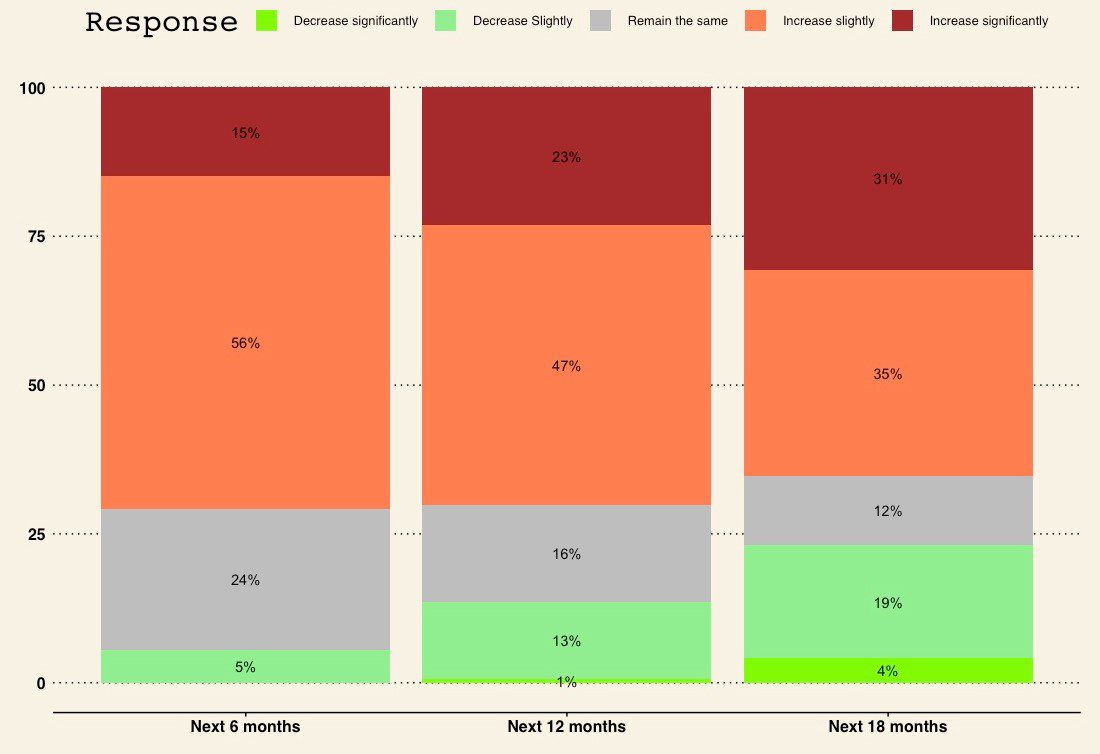
Figure 4: Future Inflation Expectations
Samir Huseynov, Assistant Professor, Agribusiness and Experimental Economics; Pathmanathan Sivashankar, Doctoral Student, Applied Economics; and Wendiam Sawadgo, Extension Economist, Assistant Professor; all with Agricultural Economics and Rural Sociology at Auburn University

